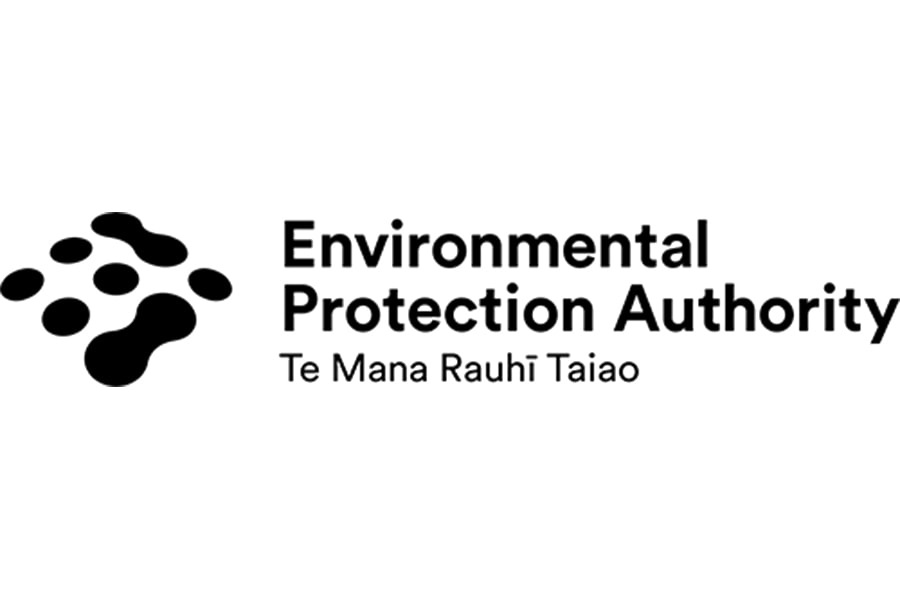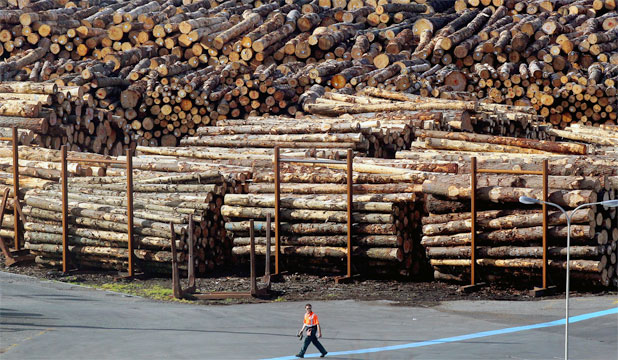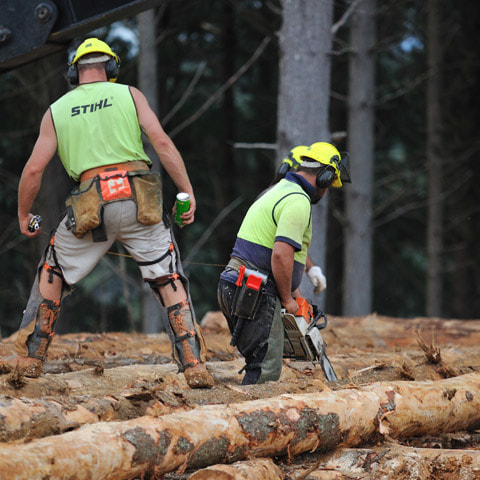Two PhD students have recently graduated, both of whom received financial support from STIMBR to support their studies.
| Godwin Nutifafa Gidiglo PhD, Massey University: “Understanding mechanisms behind the toxicity of ethanedinitrile, an alternative fumigant to methyl bromide.” Working with researchers at Massey University and the New Zealand Institute for Plant and Food Research, Godwin Gidiglo’s research investigated mechanisms behind differences in tolerance of two key forest beetle species to ethanedinitrile (EDN), a promising alternative treatment to methyl bromide. This research provides a better understanding of how EDN works against insects and how that can be used to develop effective treatment methods for log and timber products. |
| Nurzhan Nursultanov PhD, University of Canterbury: “Joule heating of green Pinus radiata logs for phytosanitary purposes: An in-depth investigation by experimentation and computational modelling.” Nurzhan Nursultanov was a PhD student and then a research engineer with the Electric Power Engineering Centre (EPECentre) at the University of Canterbury (UC). As a key member of the EPECentre research team, Nurzhan made a significant contribution to successfully proving the viability of Joule heating as a method for heating logs. By controlling the applied electrical power, voltage, and current, logs can be heated safely up to 75°C to kill biosecurity pests contained inside them. Nurzhan has developed a computer model to control the Joule heating treatment, which has been tested during multiple experimental trials carried on Pinus radiata and Eucalyptus nitens logs. |










 RSS Feed
RSS Feed
